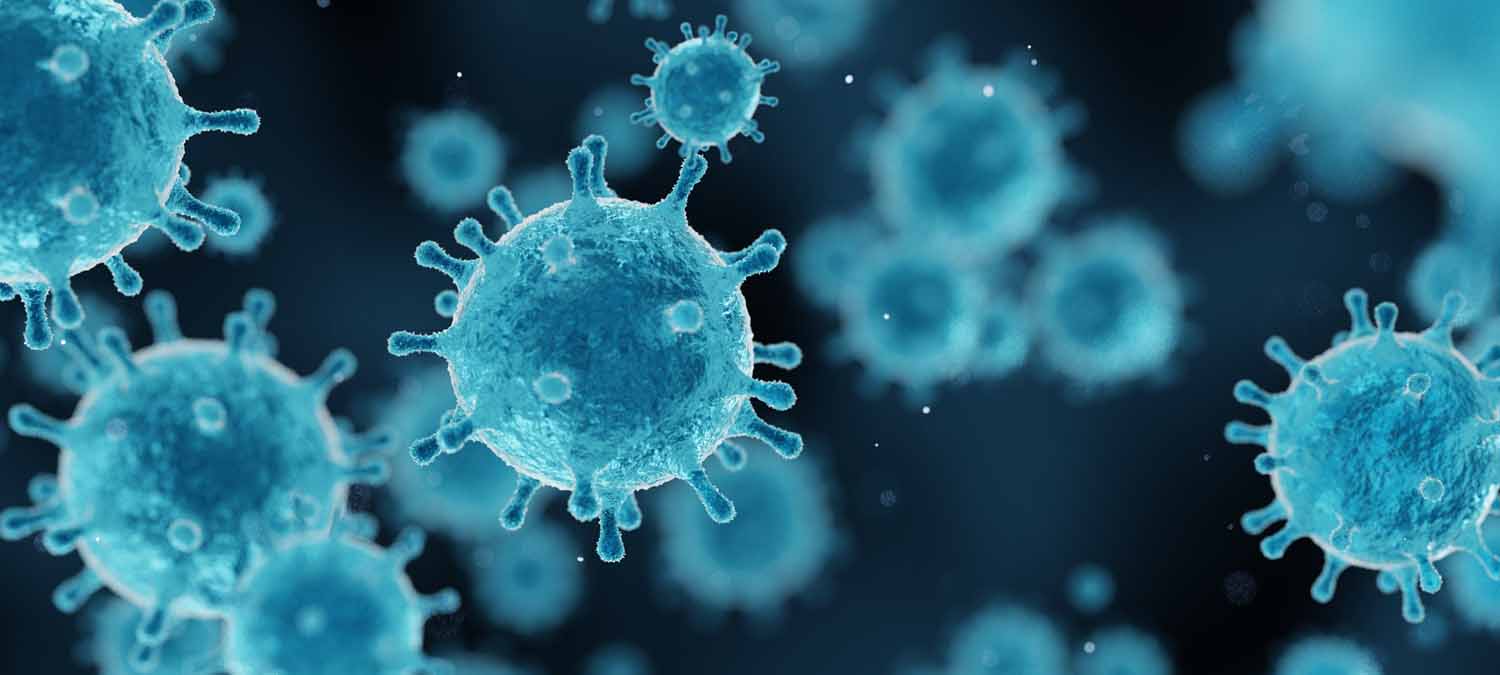Viruses and Bacteria
Viruses
Viruses are much smaller than cells. In fact, viruses are basically just capsules that contain genetic material. To reproduce, viruses invade cells in your body, hijacking the machinery that makes cells work. Host cells are often eventually destroyed during this process.
Viruses are responsible for causing many diseases, including:
- Common cold
- Coronavirus
- Influenza/Flu
- Chickenpox
Antibiotics designed for bacteria have no effect on viruses.
Bacteria
Bacteria are one-celled organisms that can be seen only with a microscope. They’re so small that if you lined up a thousand of them end to end, they could fit across the end of a pencil eraser.
Not all bacteria are harmful, and some bacteria that live in your body are helpful. For instance, Lactobacillus acidophilus — a harmless bacterium that resides in your intestines — helps you digest food, destroys some disease-causing organisms, and provides nutrients.
Many disease-causing bacteria produce toxins — powerful chemicals that damage cells and make you ill. Other bacteria can directly invade and damage tissues. Some infections caused by bacteria include:
- Tuberculosis
- Legionnaires’ disease
- Pertussis
- Measles
- Mumps
- Rubella
Coronavirus and Needlepoint Bipolar Ionization technology.
According to scientific research, Coronavirus particles (fancy scientific name “virions”) are spheres with diameters of approximately 0.125 microns (125 nm). The smallest particles are 0.06 microns, and the largest are 0.14 microns.
The best filter technology currently available, HEPA ” High-Efficiency Particulate Air” (filter), captures up to 99.97% on particles as small as 0.3 microns, and ULPA “Ultra Low Particulate Air (filter)” captures up to 99.99% on particles as small as 0.12 microns. However, neither filter can altogether remove the coronavirus independently.
Needlepoint Bipolar Ionization technology uses an electronic charge to create a plasma field filled with a high concentration of + and – ions that replicate those commonly found in nature. As these ions travel by the airstream, they attach to particles, pathogens, and gases/odors and increase their mass and size, making them larger and more easily captured through filtration.
*An ion is a positively or negatively charged atom or molecule, meaning that it has electrons to give or needs electrons to become uncharged, thus becoming stable.
Particles – As the ions attach to airborne particles (including fine, sub-micron particles), they are attracted to each other. This process effectively increases their mass and size, making the particles more easily filterable, thus increasing the capture efficiency of your air filtration system.
Pathogens – The ions attack and neutralize viruses, mold spores, and bacteria by stealing away life-sustaining hydrogen from the pathogens, inactivating or killing them, and leaving you with clean and healthy indoor air.
Gases/Odors – The ions cause chemical, cleaning, and other gases/odors to break down into harmless compounds like O2, CO2, N2, and H2O, leaving the indoor air fresh smelling and free of harmful odor-causing VOCs.
NeedlePoint Bipolar Ionization (Needlepoint Bipolar Ionization) has been tested by multiple independent laboratories, universities, and companies. It has been verified as an effective method to help remove molds, bacteria, pathogens, radon, pollutants, and smoke from the air.
To learn more, visit the following American Chemistry Council blog: ACC Answers your questions about COVID-19.
Commonly Asked Questions
Can viruses be removed through filtration?
Viruses can be filtered through Filtration. Most Viruses measure 0.01 to 0.4 microns and can be captured by High Efficiency filter, HEPA, or bipolar ionization. Bipolar Ionization merges smaller particles for capture by lower MERV rated filters.
How do you filter viruses from the air?
HEPA Filtration
Utilizing HEPA filters captures 99.97% of .3 Micron airborne particles. Bipolar Ionization combines smaller particulates for filtering.
Do air purifiers help with cold viruses?
Sizes of Common Cold viruses range from .03 to .15 microns and can be filtered through HEPA Filters and Bipolar Ionization.
Do air purifiers help with mold?
Mold ranges from 1 to 40 Microns and can be captured through specific air filtration. HEPA filtration and Bipolar Ionization can aid in capturing these mold spores in standard Merv rating filters.



